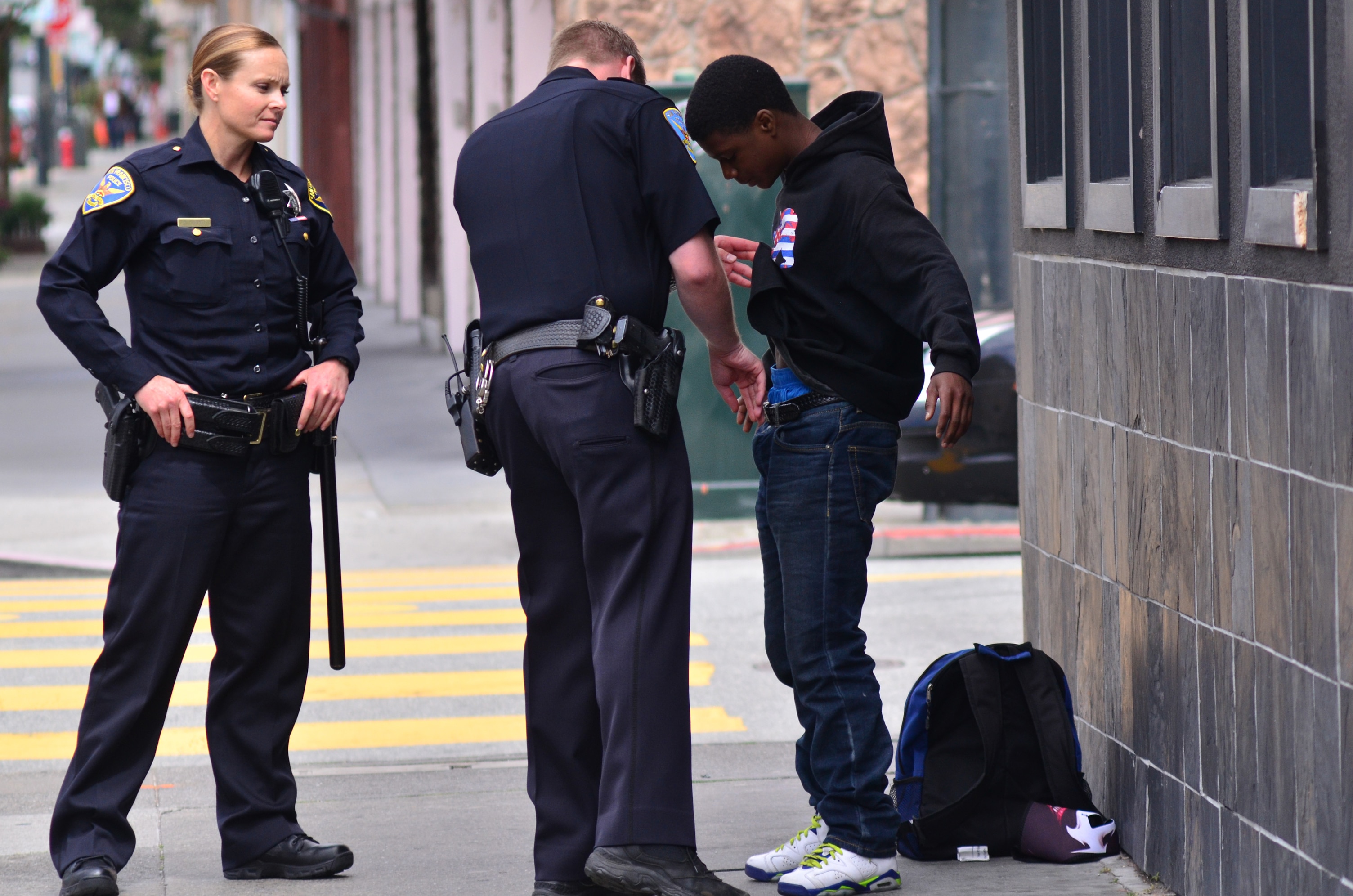Study Reveals California Law Enforcement More Likely To Arrest Black Teens
CaliforniaFeaturedTrending Stories January 9, 2023 MJ Shareholders 0

An annual report published on Jan. 1 by the Racial and Identity Profiling Advisory Board (RIPA) made many observations about California’s law enforcement officers. This is the sixth report since RIPA was formed in 2016, which collects data about general policing and ways to eliminate unlawful practices.
“Over the past four years, the data collected under the Racial and Identity Profiling Act has provided empirical evidence showing disparities in policing throughout California,” the report states. “This year’s data demonstrates the same trends in disparities for all aspects of law enforcement stops, from the reason for stop to actions taken during stop to results of stop.”
The report spans stop data that occurred between January 1, 2021 to December 31, 2021, and analyzes information from 58 law enforcement agencies and the negative impacts of citizen interactions with police, with a focus on youth.
In the 2021 timeframe, more than 3.1 million stops were reported. In terms of “perceived” race or ethnicity, police agencies states that 42.2% were Hispanic/Latine(x), 30% white, 15% Black, 5.3% Asian, 4.8% Middle Eastern/South Asian, 1% multiracial, 0.5% Pacific Islander, and 0.3% Native American. Additionally, 72.1% were cisgendered male and 27.5% cisgendered female, making up 99.7% of all stops.
Reasons for a law enforcement “stop” include either a traffic violation (86.6%), or a reasonable suspicion of being engaged in criminal activity (10.5%). Black individuals had the highest percentage of stops in regard to “reasonable suspicion” at 16.2%, but also the lowest proportion of stops for traffic violations (80.5%).
The RIPA Board found that Black and Hispanic/Latine(x) individuals were more likely to have force used against them compared to White individuals. Black teens between the ages of 10-14 and 15-17 experienced the highest rate of being searched by police (20.1%), detained (17.9%), and handcuffed (15.4%), and “removed from a vehicle by order” (7.6%).
Black adolescents were detained curbside or in a patrol car 36.2%-44.5% of the time, searched 39.9%-42.4% of the time, handcuffed 33.5-36.5% of the time. Ultimately, this data shows that teens who are perceived to be Black were searched six times the rate of White adolescents, and those perceived to be Hispanic/Latine(x) were searched four times more.
The interactions that teens have with law enforcement, including repeat interactions, impact those individuals’ mental health. “Research shows that the types of contact and frequency of involuntary contacts with law enforcement may have a harmful impact on the individual stopped, triggering stress responses, depressive symptoms, anxiety, and other related negative mental health impacts,” the report states. “This research suggests that racial and identity profiling goes beyond the criminal legal system and policing; it is also a critical public health issue.”
“Based on the research, the Board believes that public health officials and policymakers should treat racial and identity profiling and adverse policing as significant public health issues. It is imperative to recognize that police interactions can negatively affect the mental and physical health of individuals who are Black, Hispanic/Latine(x), Indigenous, and people of color. Doing so could help significantly reduce the high stress, community fragmentation, and poor health outcomes among community members who experience targeting of their neighborhoods and aggressive policing practices. Given this, adequate resources should be invested to understand and address the health implications of racial and identity profiling.”
This report covers a variety of information relative to the discussion of how law enforcement abuses the system through pretextual stops or searches, an act where an officer stops an individual for a minor violation in order to closer “investigate a hunch regarding a different crime that by itself would not amount to reasonable suspicion or probable cause.”
While the report does not specifically delve into details in regards to cannabis, The Washington Post published a story in October 2022 about the racial disparities in law enforcement in Virginia. Although the state legalized adult-use cannabis in July 2021, the article put a spotlight on how Virginia police are still more likely to arrest Black people more than White people for cannabis-related offenses.
An analysis of cannabis arrests by the New York Police Department (NYPD) in 2020 showed that 94% of all cannabis-related arrests impacted people of color. Overall, cannabis arrests by the NYPD in 2022 have been reduced, but arrests were still higher for those perceived as Black or Hispanic.
In April 2020, the American Civil Liberties Union (ACLU) published an extensive report showing the disparity of arrests for Black individuals, showing that arrests are still widespread and racial disparities are still common throughout the country, both in states with legal or decriminalized cannabis.
MJ Shareholders
MJShareholders.com is the largest dedicated financial network and leading corporate communications firm serving the legal cannabis industry. Our network aims to connect public marijuana companies with these focused cannabis audiences across the US and Canada that are critical for growth: Short and long term cannabis investors Active funding sources Mainstream media Business leaders Cannabis consumers











No comments so far.
Be first to leave comment below.